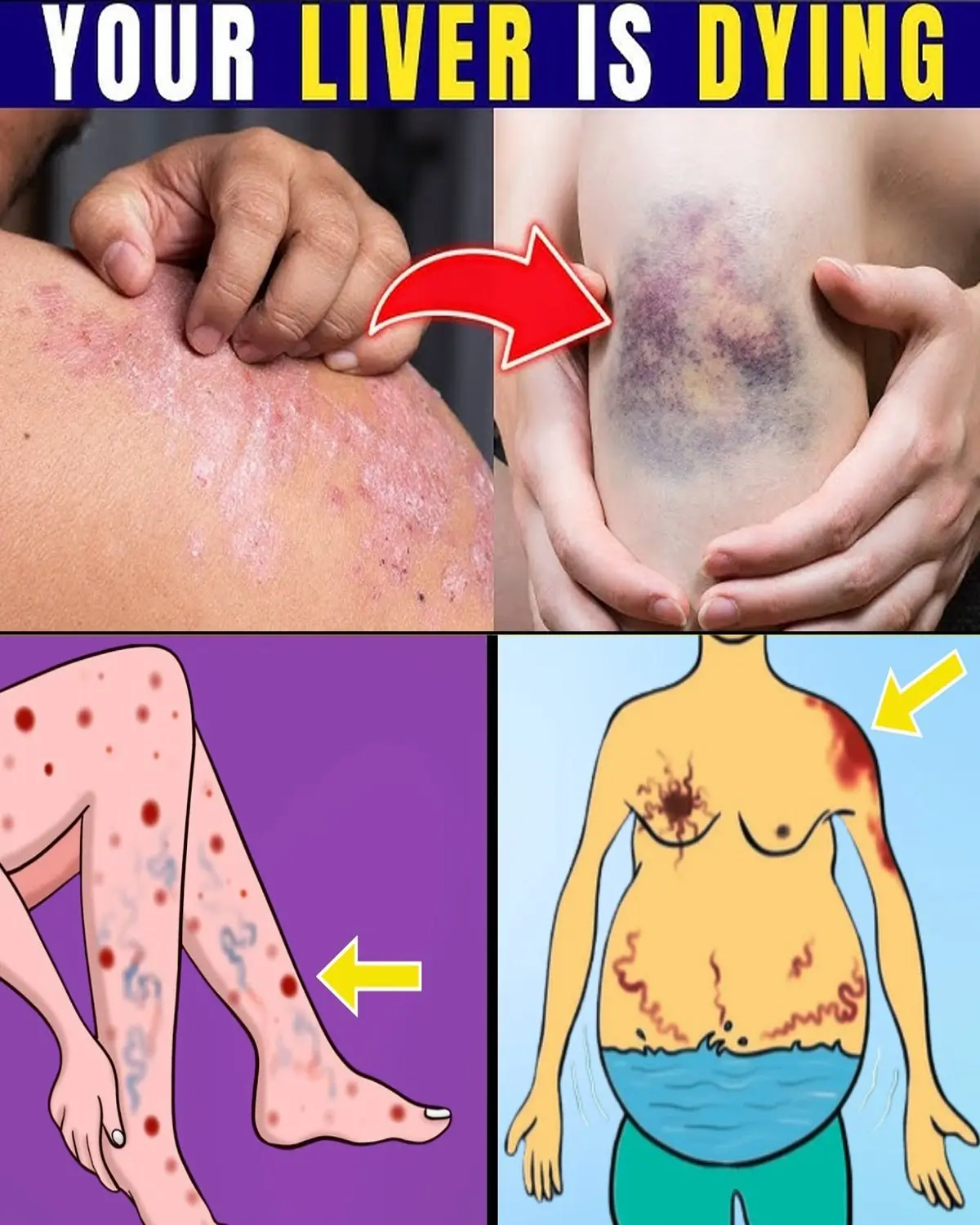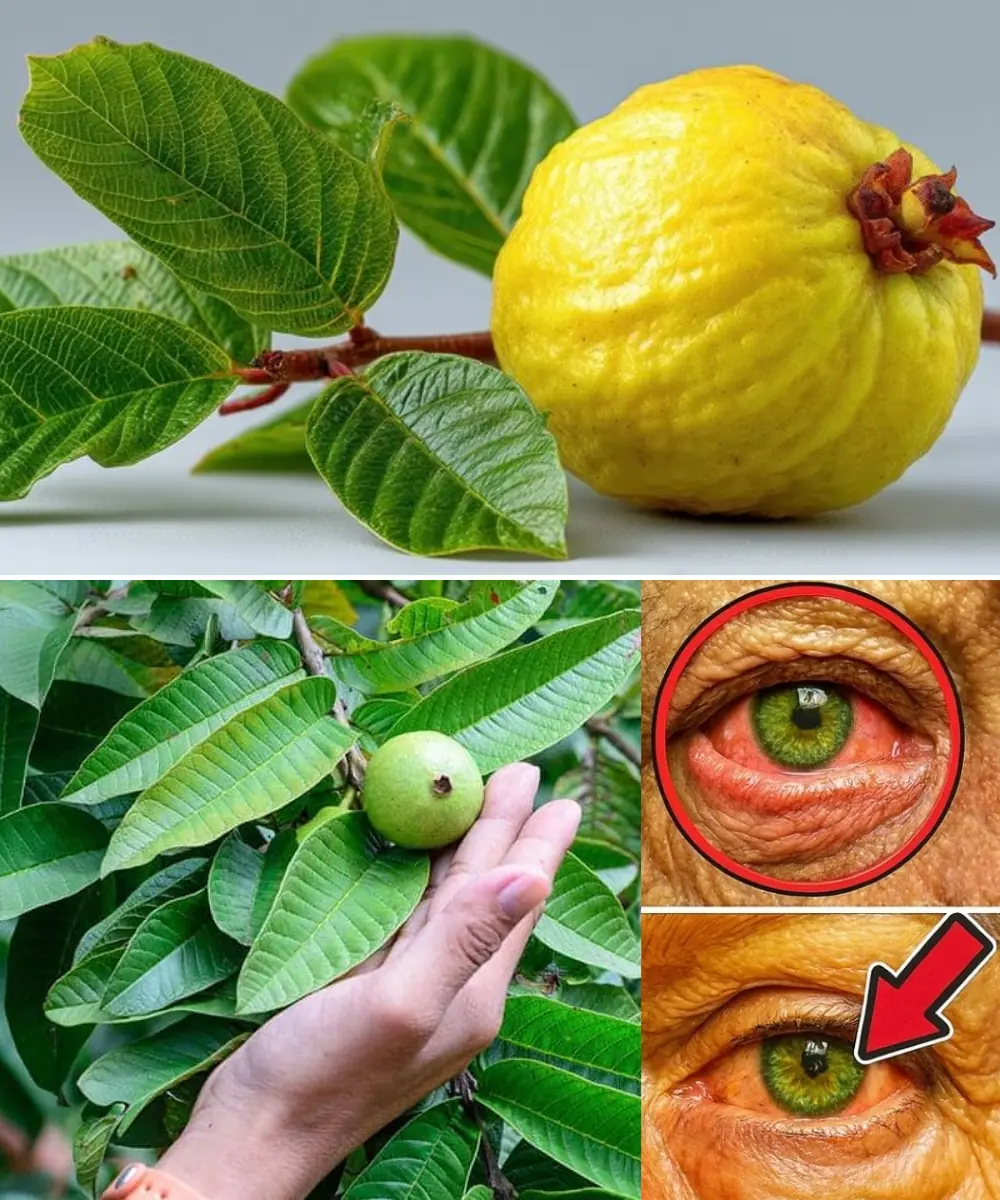
Most People Get This Wrong: The Right Way to Read ‘Best By’ or ‘Best Before’ Dates
In the world of packaged foods, “Best By” and “Best Before” dates appear on nearly every label—but they’re among the most misunderstood parts of grocery shopping. Contrary to common belief, these dates don’t mean the food is unsafe after that day. Instead, they mark the period when the product is expected to taste its best and retain top texture. Misreading these dates leads many people to throw away perfectly edible food, worsening the global food waste crisis. According to the U.S. Department of Agriculture (USDA, 2024), roughly 30% to 40% of the American food supply goes uneaten every year, much of it due to confusion about labeling.
Understanding the Purpose of “Best By” Dates
“Best By” or “Best Before” dates are quality indicators, not safety warnings. Food manufacturers set these dates to represent when a product is likely to be at peak flavor, color, and nutritional value (FDA, 2023). Outside of baby formula, these dates are not federally regulated. As a result, they’re guidelines rather than deadlines.
Common Misconceptions About Expiration Dates
Many shoppers mistake “Best By” labels for expiration dates. While some foods may lose crispness or flavor afterward, they’re generally safe if stored properly and free from spoilage signs. Research from the Harvard Food Law and Policy Clinic (2023) found that most shelf-stable goods—especially canned foods—can remain safe for years past their label date, provided the packaging is intact and stored in a cool, dry area.
“Best By” vs. “Use By”: What’s the Difference?
-
Best By: Indicates when the product will be at its best quality.
-
Use By: Appears on more perishable foods like deli meats or dairy. It’s more closely tied to food safety.
Understanding the difference prevents unnecessary waste and ensures that you’re using food safely and efficiently.
How Long Do Common Canned Foods Last Past the “Best By” Date?
Canned foods are among the most durable grocery items. When stored at 50–70°F in a dry, dark place, they often remain safe for:
-
Canned vegetables: 2–3 years past the date
-
Canned soups or stews: 3–5 years past the date
-
Canned meats or fish: up to 5 years or more (National Center for Home Food Preservation, 2023)
Using Your Senses: The Real Test of Safety
Even when a can is past its date, trust your senses:
-
Look: Check for swelling, leaks, rust, or severe dents—especially near seams.
-
Smell: Any sour, metallic, or off odor means discard immediately.
-
Taste: If it passes visual and smell checks, sample a small bite. If the flavor seems off, don’t eat it.
Storage Matters: Extending the Life of Your Food
Storage has a major impact on how long food lasts. According to Consumer Reports (2024), cans stored in cool, dry, and dark environments can outlast their labels by several years. Avoid humid spaces like basements or hot garages. Keep cans away from direct sunlight to prevent nutrient loss and flavor changes.
The Environmental and Economic Cost of Food Waste
Every time we toss a can that’s still safe to eat, we’re not only wasting money but also contributing to environmental harm. The U.S. Environmental Protection Agency (EPA, 2024) estimates that food waste accounts for nearly 8% of global greenhouse gas emissions. Much of this comes from consumers misunderstanding date labels. Reducing unnecessary disposal could save billions annually and significantly lower landfill methane emissions.
Tips to Reduce Food Waste Through Better Label Literacy
-
Don’t panic over “Best By” dates—they reflect quality, not safety.
-
Follow the FIFO rule: First In, First Out. Use older items first.
-
Buy smaller quantities of perishables to minimize waste.
-
Donate unopened, near-date non-perishables to food banks.
Conclusion: Be Smart About Shelf Life
Learning to interpret “Best By” and “Best Before” labels correctly empowers consumers to save money and reduce waste. Canned foods, when properly stored, can remain safe and nutritious long after their printed dates. As USDA (2024) experts emphasize, use your senses, store wisely, and stay informed—your pantry and the planet will thank you.
News in the same category


Kash Patel hits back at attacks on ‘country music sensation’ girlfriend Alexis Wilkins

Diane Lane says ‘The Outsiders’ had ‘too much testosterone’ on movie set: ‘It was hot!’

Sydney Sweeney confronts ex-fiancé Jonathan Davino in tense, late-night exchange: ‘Leave me alone!’

Ariana Grande opens up on 'toughest struggle' that only Taylor Swift understands

Britney Spears family 'rallying' around her amid 'more worried than ever' concerns

Strictly star Amy Dowden's 'life changed forever' after terrifying realisation in cancer battle

‘You Showing Why Ion FW Yo Kind’: Kendrick Perkins Has Pulled His Support For NBA Star Ja Morant, Fans Wonder Will He Ever Grow Up

Dawn Staley Tells A’ja Wilson Her SC Gamecocks Jersey Will Officially Be Retired in Heartwarming Call

Southern University’s “Human Jukebox” Marching Band to Perform at Super Bowl LIX

Thasunda Brown Duckett Named First Black Woman CEO Of TIAA Becoming The Second Black Woman Leading A Fortune 500 In 2021

NFL Teams Up with Local NOLA Artist for Super Bowl LIX Logo in New Orleans

Apple makes history with $4,000,000,000,000 market value thanks to one product

Tech expert who famously predicted the iPhone makes concerning forecasts for coming years

Nintendo fans are only just discovering touching Robin Williams tribute hidden in one of its biggest games

It could have huge consequences 🤯

Shaun Wallace’s heartbreak over tragic family death: ‘I watched him physically degenerate’

EXCLUSIVE: Kerry Katona 'upset' over 'selfish' Katie Price as cracks show in friendship
News Post

Neuroscientist reveals the 500-calorie “fast” that doubles autophagy and resets your metabolism in just 3 days

Fuming Frankie Bridge on row with husband Wayne over her appearance

Eat Celery Regularly for a Healthier Digestive System and Lower Blood Sugar Levels

Pineapple And Turmeric Drink Reverses Cancer-Causing Inflammation And Even Beats The Common Cold!

Strictly star James Jordan expresses concerns for Ellie Goldstein amid ‘gruelling and emotionally draining’ series

Kash Patel hits back at attacks on ‘country music sensation’ girlfriend Alexis Wilkins

Diane Lane says ‘The Outsiders’ had ‘too much testosterone’ on movie set: ‘It was hot!’

Sydney Sweeney confronts ex-fiancé Jonathan Davino in tense, late-night exchange: ‘Leave me alone!’

Ariana Grande opens up on 'toughest struggle' that only Taylor Swift understands

Britney Spears family 'rallying' around her amid 'more worried than ever' concerns

Warning: 12 Weird Signs That Show You’re Having Liver Damage

Strictly star Amy Dowden's 'life changed forever' after terrifying realisation in cancer battle

Why many experts advise against sleeping with window open

5 ways to quickly and cleanly sweep away cobwebs, preventing them from coming back

Top 3 Vitamins for Hip Arthritis

How to store grapefruit for Tet without wilting or rotting, grapefruit is very sweet when in water

How to Use Guava to Care for Your Eyes: Natural Remedies That Surprise 🌿

Tips to make boiled banh chung cook quickly and stay green naturally
